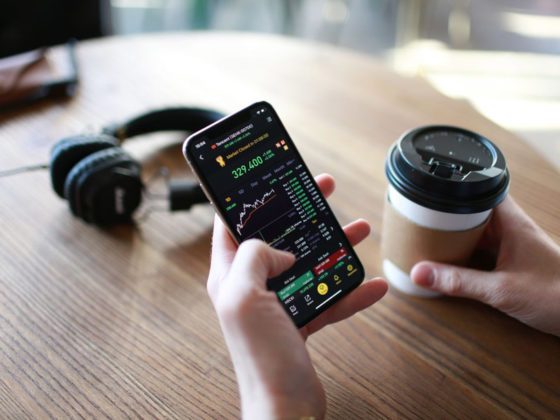The absolute number one indicator for trading individual stocks (which is nearly as good as inside information) is VOLUME. VOLUME, when analyzed together with PRICE action, gives you more information than any other single indicator, hands down.
The best way to understand why VOLUME is the number one indicator is to think back to your Economics 101 class. Perhaps you remember the concept:
PRICE is a function of SUPPLY & DEMAND
In the stock market, supply is generally fixed. That is, the amount of shares available for trading in any given stock (also known as the float) is generally a fixed number. It rarely changes.
Demand on the other hand fluctuates. Simply stated, in stocks, if demand increases, prices move up. Where does the demand for stocks come from in the stock market? By most estimates, 75% to 85% of all activity in the US stock market comes from institutional and professional investors (not Mom & Pop, and not little day and swing traders!). The institutions are the mutual funds, hedge funds, insurance companies, pension funds, charitable trusts and others that control hundreds of millions and billions of dollars.
It’s these institutions that create the demand.
So what does VOLUME have to do with any of this? VOLUME (the number of shares traded in a given time frame) is the only footprint left by these institutional investors as they enter or exit a stock. Therefore VOLUME can be thought of as the purest evidence of demand for a given stock.
Let’s take a look at why we need to follow these institutional footprints:
Let’s say the XYZ mutual fund currently has $10 billion under management. This is not an unusual number, as there are dozens of institutions that actually manage more than this. Furthermore, let’s assume that the XYZ fund has selected a stock that they would like to make 2% of their portfolio. We will use VMW (VMware on the NYSE) as an example:
Stock Price: $55.00 Average Daily Trading Volume:1.67 million shares
That means XYZ wants to buy $200 million worth of the stock or roughly 3.63 million shares. Most funds don’t want to be more than 5% or 10% of a stock’s average volume on any given day so the XYZ fund will accumulate anywhere from 83,500 to 167,000 shares per day until they have acquired 1.67 million shares.
At this pace, the buying could take 11 to 22 trading days. Given that on average there are about 22 trading days in a month, it could take a full month of buying everyday to accumulate the shares. But funds don’t buy it all in consecutive days. They accumulate for a few days and then may wait several days to see if the stock pulls back a little.
In other words, it could take several months (or even longer) for a fund like XYZ to accumulate their position. Additionally, if XYZ has good performance as a fund, there could be new money coming into the fund, which can add to the number of shares XYZ needs to buy to maintain a 2% position.
So it’s the buying action of the XYZ fund and other similar funds combined that drives the stock higher. The more funds that are accumulating in this fashion, the more VOLUME and PRICE will rise.



